2017Q4HW: Desktop Monitor Roundup
November 26, 2017It’s Q4 of 2017 and I’m in the market for new hardware. I’ve been wanting new monitors for my desktop for some time now, so I thought I’d provide my process and my findings for what’s important for modern desktop monitors.
Displays are something that will likely outlast multiple PC builds, so it’s important to choose displays that will last as long as possible, taking into account features you’d like to retain for the next 5-10 years. We’ll now discuss the various facets of choosing the right monitor.
Physical Size vs. Resolution
This is arguably the easiest part of selecting a monitor for me. 27” monitors have been around for a long time and for me they’re the de facto standard. As for resolution, 2560x1440 is a dream at this display size. Text is crisp, and on-screen real-estate is plentiful.
On a single monitor, it’s realistic to put two windows side-by-side which is helpful when simultaneously reading documentation and writing code. With my setup at work with three, 27”, 2560x1440 Dell U2717D monitors laid out horizontally, I can have my music player, Slack, Signal Desktop, two Atom text editor windows, and a browser: each of these vertically maximized and horizontally divided on each display.
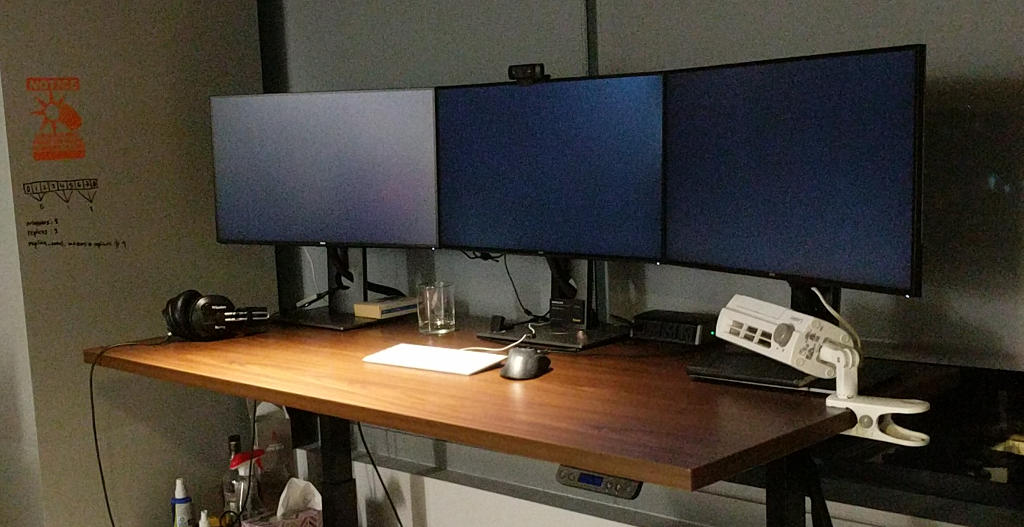
The U2717D is currently on Amazon for around $440. Since I’m needing three of these, every dollar counts.
Bezel
Another win for the U2717D: bezel size. If you’re laying out multiple monitors next to each other, a wide bezel breaks up the display, leaving unavoidable gaps between the monitors.
Compare the U2717D:
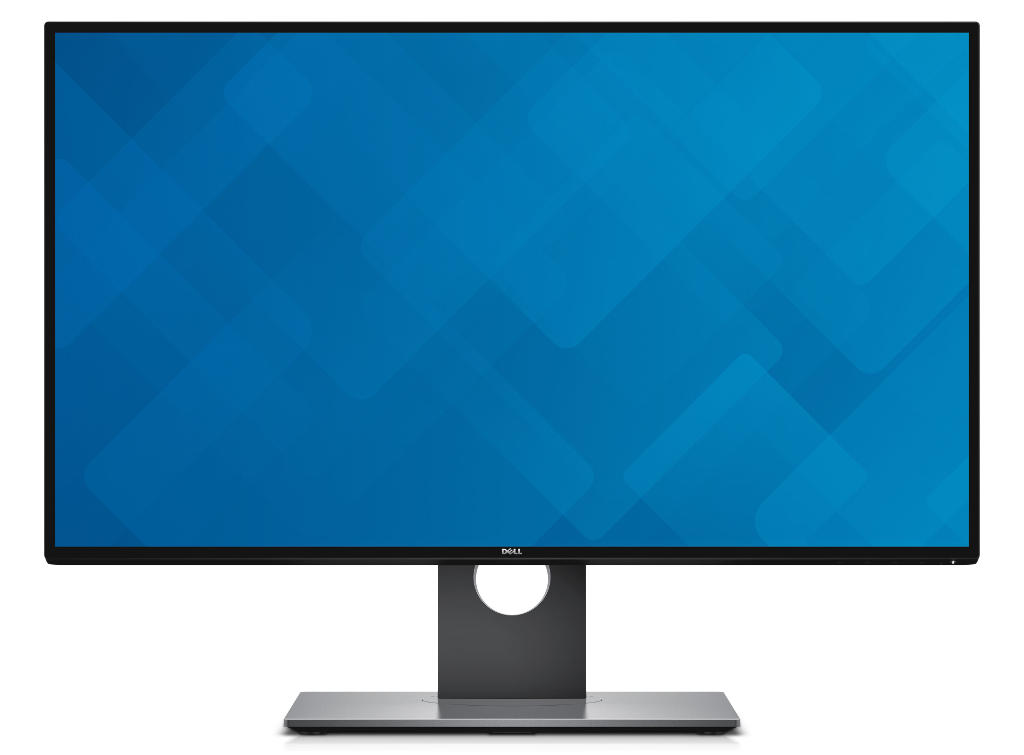
…with my previous monitors, ancient ViewSonic VX2739WMs:
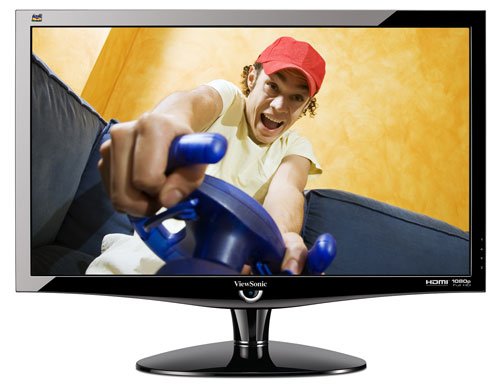
Remember that whatever your bezel is, it is doubled when you put two monitors next to each other. This makes for a two inch gap at home with the ViewSonics versus maybe a half an inch at work with the Dells.
If you’re not planning on a multiple monitor setup, disregard the bezel, unless you like the almost edgeless aesthetic.
Density, AKA DPI
Density is where the Dells fall short. A 4K display at the same physical screen size of 27” has 1,280 more pixels horizontally and 720 more pixels vertically. Due to double the pixels vertically and double the pixels horizontally, a 4K display achieves 1080p at double the density. Text is extremely sharp and HiDPI images look amazing.
The reason I’m not interested in 4K for my setup is just that: 4K is 1080p at double the density. On the other hand, a 5K display is 1440p at double the density. At work, some engineers have 5K displays at 27” and they are absolutely gorgeous.
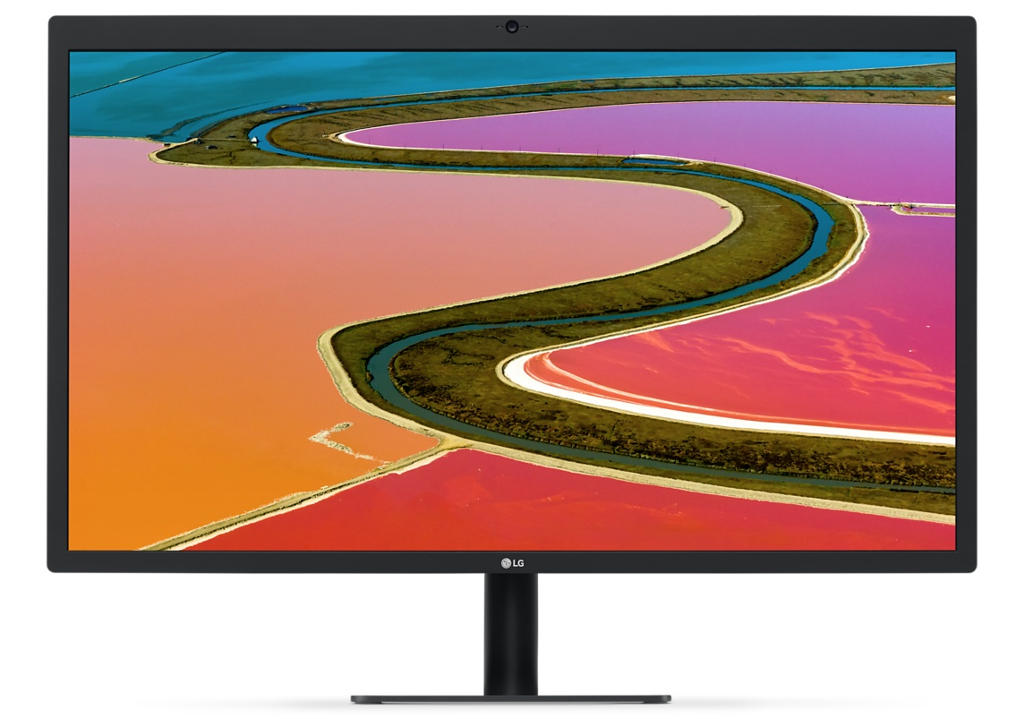
The downside? There are a few:
- $1,300 price tag. You can have three Dell U2717D displays for the price of one of these 5K displays.
- Power draw: drawing 14.7 million pixels ain’t cheap. With EPA power saving on, your draw is going to be 140W for each of these.
- GPU power. With the latest NVIDIA GTX 1080 Ti, you can drive at most two of these displays. It might be possible to use SLI, but prepare to hear your fans all the time forever.
It may be possible that in the future, using technologies like NVIDIA’s GSync, power draw and GPU demand will be driven down to the bare minimum required to display something at any one given time. More specifically, it could be possible to lower the refresh rate to 1Hz when the displays are idle, tremendously reducing the GPU and power requirements for an average desktop setup.
My conclusion: 5K is what you want, but for multiple displays, it’s still way out of reach unless money and power are no object.
Display Technology
One thing that’s often neglected in these discussions is the underlying display technology. The main two contenders in this field are IPS and OLED, with heavy bias in desktop and laptop displays toward IPS: almost every display you’ll find is IPS unless you go out of your way.
If the market is so biased, why should one care?
Open this web-page and maximize it so that your entire display is black. On an IPS display (most likely like the one you’re reading this on right now), you’ll clearly see the edges of your display against your bezel. This is because IPS displays have a backlight. Pixels that are entirely black are still backlit, leaving you with a noticeable glow on your display.
On the other hand, OLED displays do not have a backlight. Your phone may have an OLED display. If you open the same web page on an OLED display, you will not see any glow whatsoever. A fully black pixel is one that is completely and totally off.
Some new laptops like the Dell XPS 13 and the ThinkPad X1 Yoga have OLED displays, but they’re still relatively rare. I’m able to find OLED TVs, but not one single desktop monitor. Fingers crossed for 2018, folks.
Refresh Rate
This primarily concerns the gamers out there and not so much those of us who primarily use our computers for work, but refresh rates are a feature you’re likely to think about regardless. Almost every monitor these days have a refresh rate of 60Hz, or 60 times/frames per second.
At 60FPS, it’s still likely that you’ll notice motion blur and screen tearing at times. Recently, new monitors have entered the market which support 120Hz, 144Hz, or even 165Hz refresh rates.
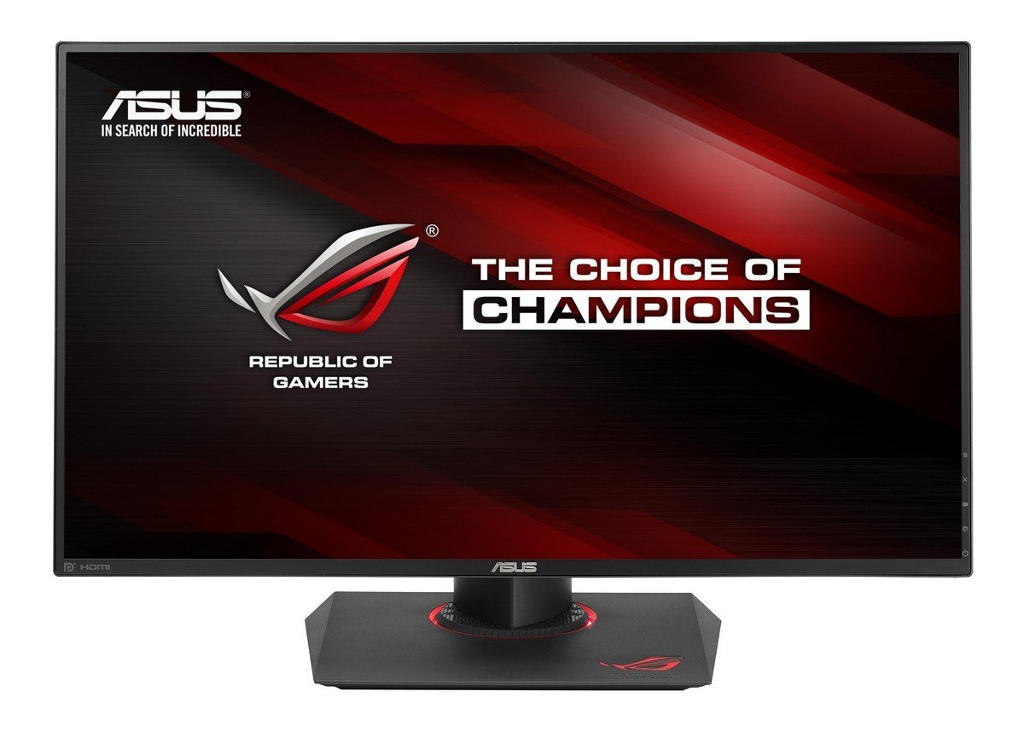
Above is the ASUS PG279Q 27” monitor, with a 1440p resolution and up to 165Hz refresh rate using NVIDIA’s GSync technology.
Now, the downside of refreshing 165 times per second is that GPUs will have to work that much harder to redraw the display. Your GPU can redraw two 1440p monitors at 60Hz with less GPU load than one of these high refresh rate monitors.
This isn’t fully true, as NVIDIA’s GSync and AMD’s FreeSync allow the monitor and the GPU to speak directly to one another, slowing down the refresh rate when low or no activity is occuring on-screen. This is a huge boon for GPU load in multi-monitor setups: if you’re gaming on your center display and not on your left and right displays, those monitors will reduce their refresh rate and only the center display will be driving a heavy load on the GPU.
The ASUS PG279Q is around $750 right now, so it’s around $150 more per display as opposed to the Dell U2717D.
Bottom line: if you’re going to get a high refresh rate monitor, make sure to find a monitor with GSync or FreeSync ( as is appropriate for your GPU) to optimize the load on your GPU and to save power both on the GPU and on the monitor.
Color
One of the more subtle parts of selecting a monitor is the color profile. If at all possible, don’t mix different monitors in a single setup. Even for me, two different factory runs of the ViewSonics led to dramatically different color response on each display. Dell has a good history of getting color right. Otherwise, your mileage may vary.
If you’re super anal and OCD, buying a USB color calibrator can help you tune your monitors to nearly identical output. With the Dells I have at work, I can’t discern any difference between the monitors, so consider this a side quest.
Power Draw
At standby, the Dell U2717D consumes 0.5W of power, on average it consumes 36W, and at maximium load it consumes 88W of power. If you’re running multiple monitors, wattage adds up and you might see it on your energy bill.
The ASUS PG279Q 165Hz monitor consumes 0.5W at idle and up to 90W under load.
Notably, the LG UltraFine 5K display consumes up to 140W of power, which isn’t surprising given how many pixels it needs to draw.
Physical Characteristics
Finally, you’ll want to optimize for weight and depth. Monitors lighter in weight are generally preferable, but as is often the case, beggars can’t be choosers.
Stands
Triple monitor stands used to be hard to come by, but are now becoming much more generally available.
Here is the KONTOUR Triple Monitor Mount, retailing at around $250:
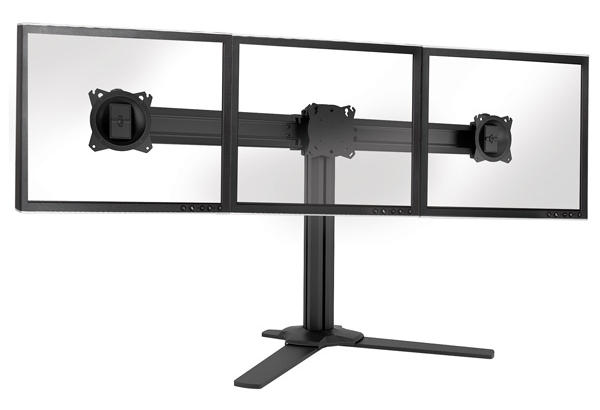
It supports 27” monitors, which isn’t too common for triple monitor mounts.
Conclusion
To reiterate: monitors last a long time, so choose wisely. What you buy today may very well still be on your desk in ten years. Hopefully this article has clarified the various criteria by which you should choose your next monitor.